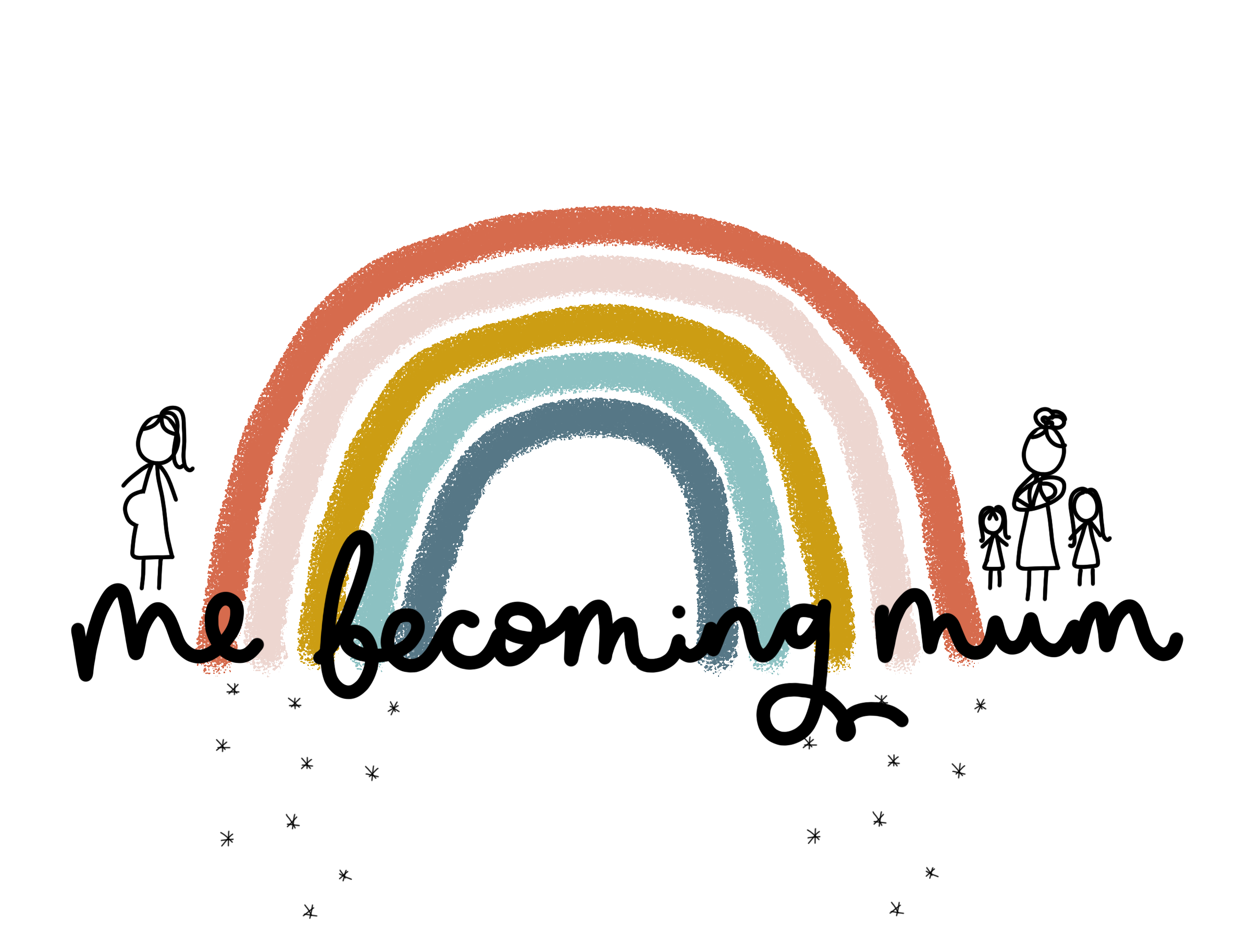The Importance of Vitamin D
Disclaimer: This post is written in collaboration with Fultium Daily D3, facts were provided in an A to Z of vitamin D written by Dr Sarah Jarvis, who has over 30 years' experience in the NHS and over 26 years as a GP.
Everyone knows that Vitamin D is important for us, and in recent years it has had a huge amount of press; but as much as we think we know about the good ol' 'sunshine vitamin' new research has shown that we are not getting the amount that we require from natural sources. I was shocked to find out that my children may be producing and consuming less vitamin D than they need, even with the amount of time we spend outdoors.
Why do we need vitamin D?
Our bodies need vitamin D in order to absorb calcium and also to promote bone growth. If we do not have enough vitamin D, it can result in soft bones in children (known as rickets) and fragile, misshapen bones in adults (known as osteomalacia).
Vitamin D deficiency has also been linked to depression, breast cancer and other diseases.
How much vitamin D should we be having?
New guidelines indicate that everyone over one year old should be getting 10mcg of vitamin D per day.
Sources of vitamin D
Obviously the most obvious source of vitamin D is from the sun. Your body is designed to get the vitamin D it needs by producing it when you have bare skin exposed to sunlight, when the sun is high in the sky. Your body can produce vitamin D very quickly once you expose your skin to the ultraviolet B rays, particularly in summer. You obviously don’t need to tan or burn your skin to get vitamin D; as you only need to expose your skin for around half the time it takes for your skin to begin to burn. The more skin you expose the more vitamin D is produced, though I'm not sure that saying "I'm producing vitamin D" is a good way to get out of an arrest for indecent exposure if you run around town naked!
You can also get vitamin D from eating a variety of foods that are fortified with vitamin D such as some dairy products, orange juice, soy milk, and cereals. Vitamin D can also be found in fatty fish such as tuna, mackerel, and salmon. These are a great way to increase your vitamin D consumption during the autumn and winter months when, let's be honest, we are unlikely to be exposing too much skin even when the sun is out.
In spite of the sun and some food providing you with vitamin D, many of us are not getting enough.
What affects our ability to get enough vitamin D?
The colour of your skin: Melanin is a substance that affects how dark your skin is, and the greater amount of melanin in your skin, the harder it is for you to produce vitamin D. People with paler skin may find it easier to absorb the UVB rays, but are like to lather up with sun cream or avoid the sun altogether both of which will reduce the exposure to those all important rays.
Pollution: Polluted air soaks up UVB or reflects it back into space, so those living in highly polluted areas are less likely to be able to produce the recommended dose of vitamin D each day.
Living and/or working in built up cities: Places with high rise buildings and urban offices reduce the chance of exposure to sunlight.
Sunscreen: If you apply sun cream correctly, it will not only prevent you from burning but reduce your skin's ability to produce vitamin D.
What can you do to improve your family's vitamin D intake?
The easiest way to make sure that you are looking after yourself and your family is to take vitamin D supplements. Even in the summer, taking a high-quality, oil-based vitamin D product such as Fultium Daily D3 can help to maintain healthy bones, teeth and muscles.










Check out the new Easter trail at Wray Castle here for the 2025 Easter holidays.